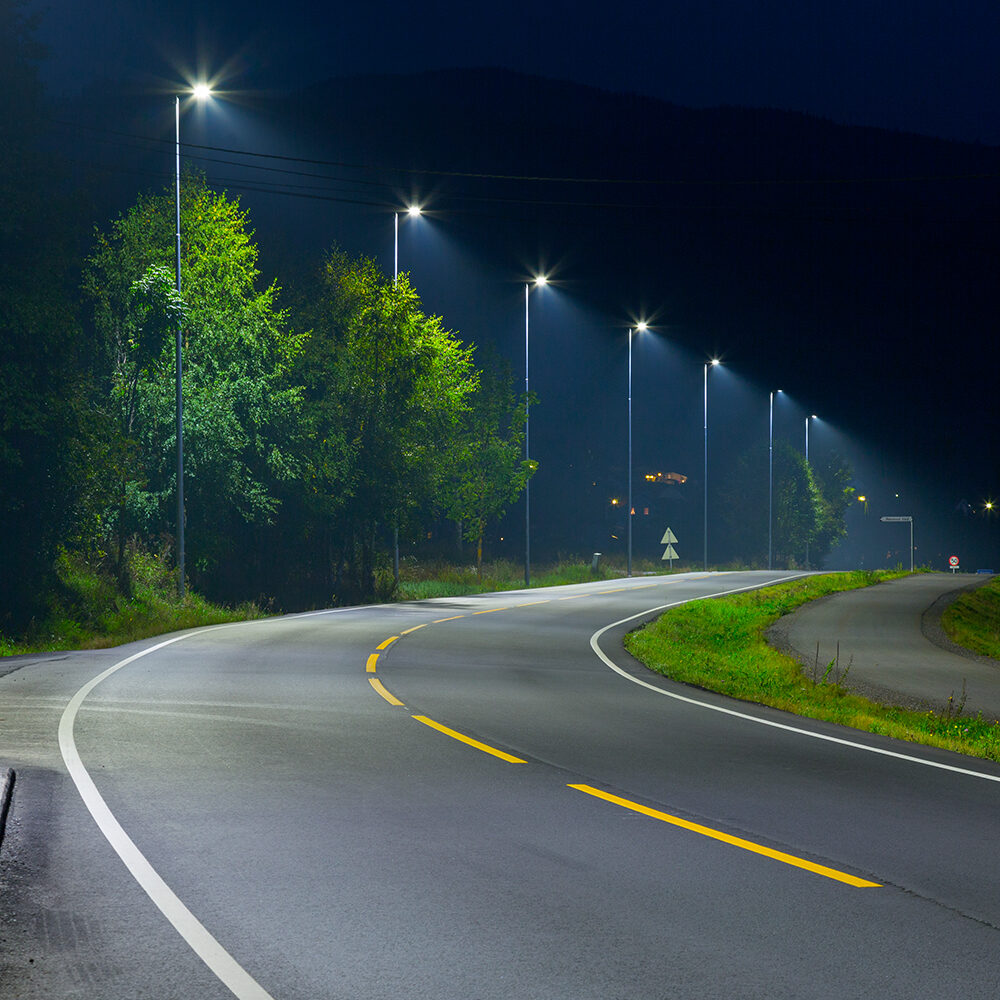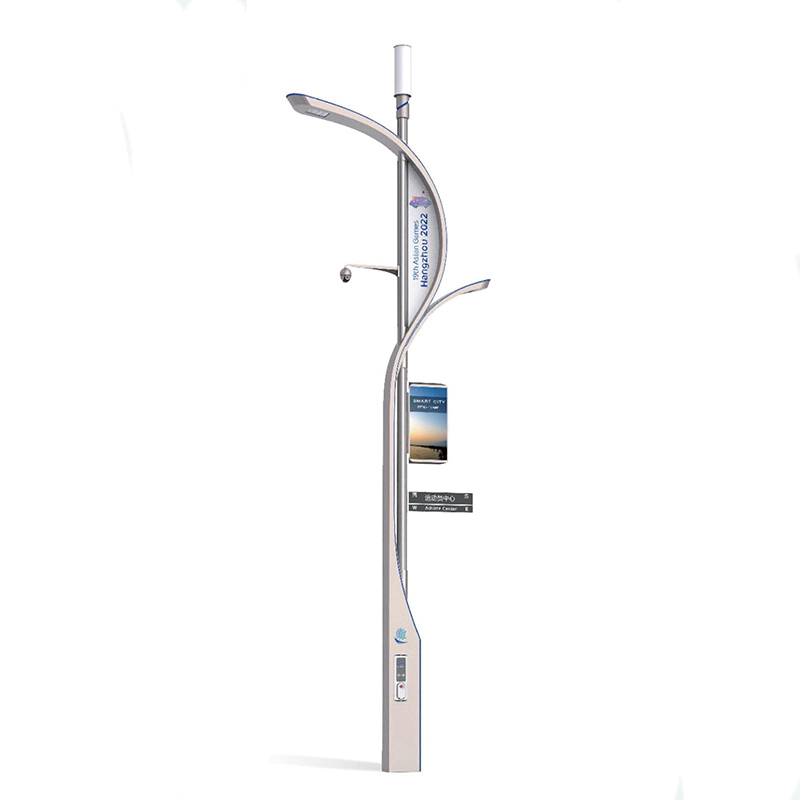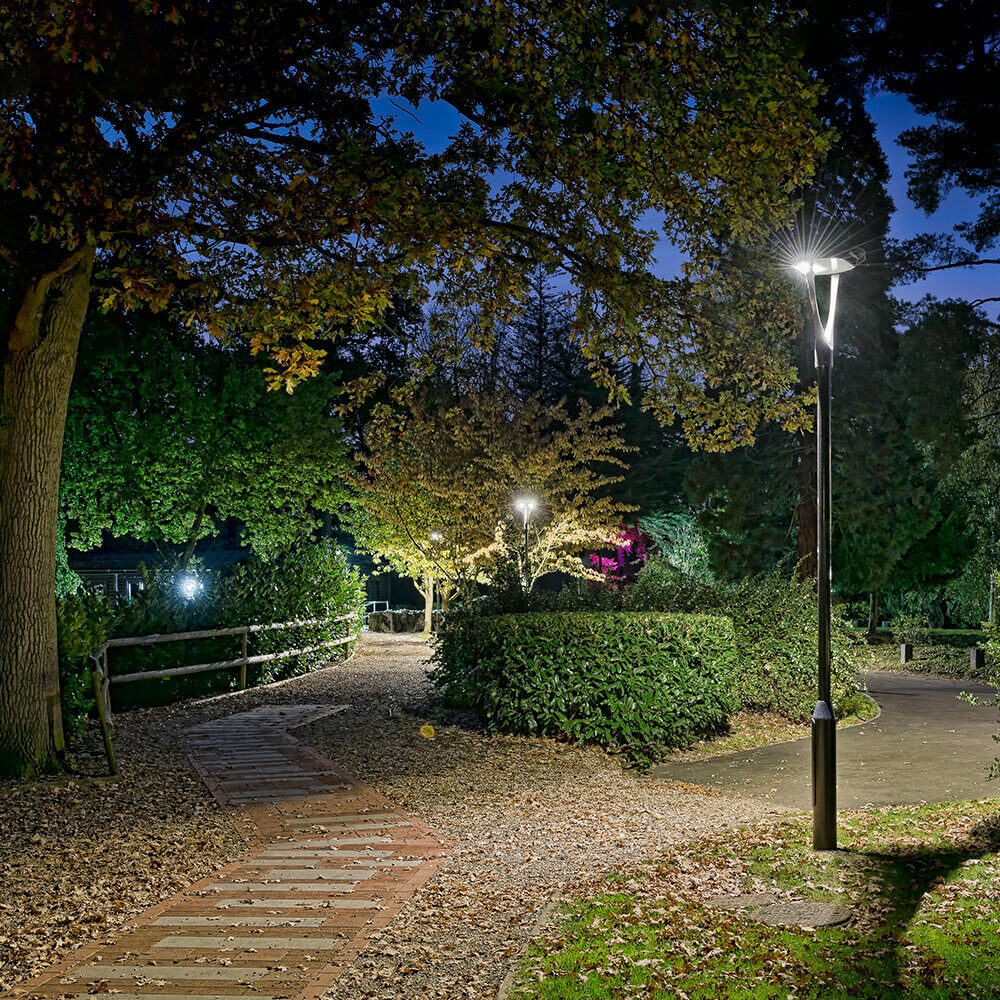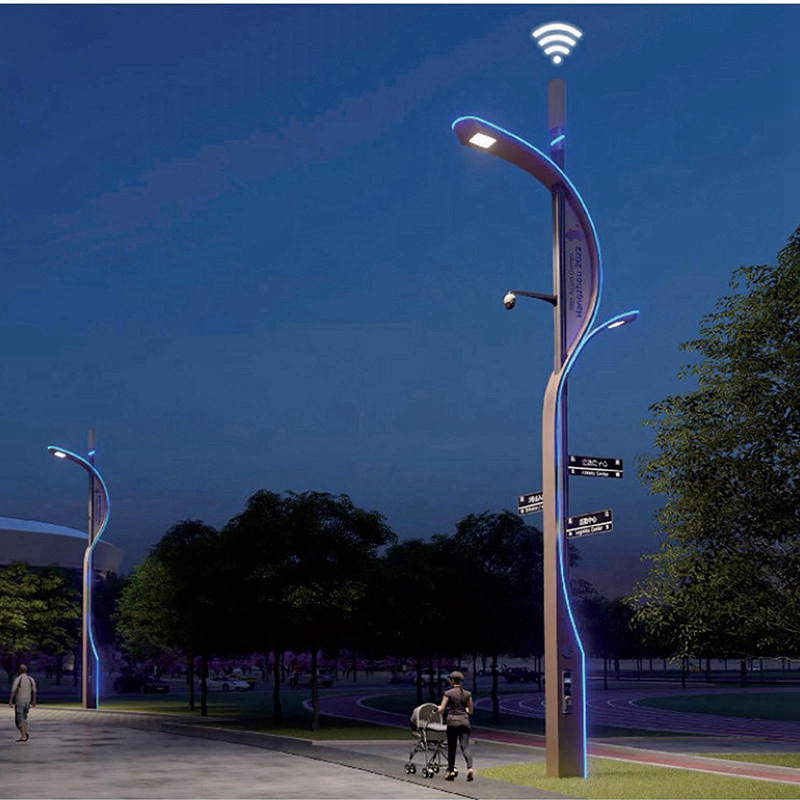Introduction to Smart Street Lighting
Smart street lighting involves advanced technology to manage public lighting. It uses connected devices to control and optimize light based on various factors. This technology adjusts brightness based on human presence, traffic patterns, and environmental conditions. It significantly lowers energy consumption and maintenance costs. Smart street lights can also enhance public safety by improving lighting quality and responsiveness. They integrate with other city services to support a holistic Smart City approach. The system is managed centrally, facilitating real-time adjustments and monitoring. Smart street lighting is a step towards more sustainable and intelligent urban development.
How Smart Street Lights Work
Smart street lights are highly automated and efficient. They adjust their brightness based on several inputs. These may include local sunrise and sunset times, traffic patterns, and human activity. The primary device enabling this functionality is the outdoor lamp controller (OLC). The OLC receives and sends commands to the street lights. These commands can direct lights to switch on or off, dim, and follow a set schedule. It acts as a critical bridge connecting each street light to a central management system. Through this connection, data is sent back and forth in near real-time. This allows for comprehensive monitoring and management of public lighting. The versatility of smart street lights comes from their ability to incorporate various sensors and controllers. They optimize energy use and offer improved public safety through adaptive lighting. This adaptability ensures that streets are well-lit when and where needed, without wasting energy.

Types of Controllers Used in Smart Street Lighting
Smart street lighting systems utilize various types of controllers to manage and automate lighting operations. Each controller type offers distinct advantages and is suitable for different lighting scenarios.
Nema Controllers
Nema controllers, with Nema 5-pin or Nema 7-pin receptacles, are known for their compatibility with the ANSI C136.41 standard. They are popular in cities due to their easy plug-and-play installation features.
Zhaga Controllers
These controllers connect through a 4-pin Zhaga (Book 18) socket and align with the Zhaga D4i standard. They are simpler and useful for applications requiring less complexity.
Luminaire-Mount Controllers
Installed inside the light fixture, these controllers are ideal when space is limited. They connect with the LED driver using analog or DALI dimming wires.
Pole-Mount Controllers
Mounted on the street pole, these controllers can manage several lights from a single point. They are cost-effective where one pole hosts multiple lighting fixtures.
Smart street lighting employs these controllers to bring efficiency and control. They play a vital role in the energy-saving benefits of smart lighting systems. Each type of controller has its unique place in the ecosystem, catering to specific requirements and setups.
Communication Technologies in Smart Street Lighting
The exchange of data between smart street lights and control systems employs various communication technologies. Each contributes uniquely to the efficiency and reliability of smart street lighting networks.
RF Mesh
Radio Frequency Mesh, typically for smaller networks, uses a zigbee-type wireless mesh to connect lights to a central system.
LoRaWAN
LoRaWAN networks manage vast numbers of IoT devices. However, for street lighting, they may present security and reliability issues.
UNB
Similar to LoRaWAN, UNB communicates via a centralized gateway. Cities need to consider its proprietary nature and security implications.
PLC
Powerline Communication operates over existing electrical wiring, but has limitations due to its aging technology and security concerns.
Cellular IoT
For large-scale implementations, Cellular IoT is common, connecting directly to telecom towers and offering high security standards.

Sensor Types for Smart Street Lighting
Smart street lighting systems can employ a variety of sensors to enhance functionality and efficiency. Here are some common types of sensors used in smart street lighting and their functions:
Photocell/Ambient Light Sensors
These sensors adjust lighting based on the surrounding light levels. They ensure lights turn on when it gets dark and off as daylight returns.
Motion Sensors
Motion sensors detect movement, adjusting the light intensity accordingly. They increase brightness when motion is detected and dim when there’s no activity.
Acoustic Sensors
Acoustic sensors can identify specific sounds like traffic noise or alarms, and can even detect gunshots, triggering alerts.
Accelerometers
Accelerometers detect changes in the pole position, such as tilting or impacts, helping to quickly identify and address damage.
Seismic Sensors
Seismic sensors are equipped to monitor ground movements, which can be vital for early warning systems in earthquake-prone areas.
Parking Lot Sensors
These sensors can indicate available parking spaces, improving traffic flow and reducing congestion.
The integration of such sensors into smart street lighting systems contributes to overall energy savings and improved public safety. It allows for precise control over lighting, adapting in real time to the environmental and community needs. Moreover, by contributing data to central management systems, smart street lights with these sensors can enhance maintenance efficiency and offer insights for further urban planning and development. By carefully selecting the appropriate sensors, municipalities can maximize the benefits of their smart street lighting investments.
Benefits of Smart Street Lighting
The advantages of smart street lighting are significant, directly impacting energy efficiency, cost savings, and public safety. By utilizing cutting-edge technology, smart street lights offer a variety of benefits that go beyond simple illumination.
Energy and Cost Savings
Smart street lighting systems are designed to significantly reduce energy consumption, leading to substantial cost savings. By dimming lights when full brightness is not needed and shutting them off when areas are unoccupied, energy savings of 60% to 80% can be achieved compared to traditional lighting systems. The savings start from day one, with the potential to cover the initial investment within 3 to 5 years, depending on local energy prices.
Public Safety Improvement
Adaptive lighting features in smart street lights increase public safety by providing better visibility in areas of high activity. Motion sensors can brighten lights when people are present, creating a safer environment. Additionally, failure alerts are sent to operators immediately, ensuring rapid repair and maintaining consistent illumination.
Environmental Impact
Environmentally, smart street lighting plays a critical role in reducing light pollution and helping to combat climate change. By optimizing light usage and reducing wastage, these systems lower the overall carbon footprint. Minimizing light pollution also protects nocturnal wildlife and preserves the natural night sky.
Smart City Enablement
Smart street lighting is a foundational element in the development of smart city infrastructure. It can easily integrate with other Internet of Things (IoT) devices, enabling cities to implement additional smart technologies that enhance living standards and operational efficiency.
Improved Maintenance
With real-time monitoring and management, maintenance operations become more proactive rather than reactive. This shift leads to lower costs and less downtime, contributing to a well-maintained and reliably lit urban environment.
Overall, the benefits of smart street lighting illustrate its importance as a sustainable and innovative solution, offering a smarter and safer future for urban living. These systems are integral in moving towards an interconnected, energy-efficient urban landscape that responds to the dynamic needs of the community.

Role in Smart City Infrastructure
Smart street lighting is pivotal in developing Smart City infrastructure. It serves as a critical component, connecting various urban services for increased efficiency and better management.
Smart street lights function as key nodes within the IoT framework of a Smart City. They provide crucial data that helps in monitoring and controlling other city services. This includes traffic management, public safety, and environmental monitoring. By leveraging real-time data from street lights, city planners can optimize urban flows and respond quickly to changing conditions.
Additionally, smart lighting can interact seamlessly with other smart devices. For example, they can trigger adjustments in traffic signals during varying traffic conditions or emergency responses. This interconnectivity not only enhances operational efficiency but also boosts safety and sustainability.
Furthermore, the adaptive lighting provided by smart street lights supports energy conservation. It contributes significantly to the city’s sustainability goals. This adaptive approach can reduce light pollution, protect nocturnal wildlife, and improve the urban landscape for residents.
Through effective integration with other IoT devices, smart lighting can transform a traditional city into a Smart City. This transformation leads to a more responsive, sustainable, and intelligent urban environment.
Challenges and Future Outlook
While the benefits are numerous, the path of smart street lighting also faces certain challenges. Addressing these issues will be essential for the future advancement of this technology.
Implementation Costs
Initial costs for installing smart street lighting systems can be high. Despite long-term savings, upfront investments might deter smaller cities and towns.
Technological Complexity
Smart street lighting involves complex technology. Cities must manage system updates and cyber security effectively.
Integration Challenges
Integrating smart lighting with existing infrastructures is often challenging. Compatibility issues may arise with older systems.
Privacy Concerns
The data collected by smart street lights could raise privacy issues. Ensuring data protection is critical to gain public trust.
Maintenance of Hardware
Hardware such as sensors and controllers requires regular maintenance. Ensuring their functionality is crucial for reliable operations.
Future Developments
Investment in R&D will continue to evolve smart lighting. Advances might include improved energy efficiency and better integration capabilities.
Addressing these challenges and leveraging future advancements will help broaden the adoption of smart lighting. This will enhance its role in developing more energy-efficient and responsive urban environments. Additionally, as technology progresses, the cost and complexity are likely to decrease, making it more accessible to all. Thus, the outlook for smart street lighting remains promising with continual improvements expected.
